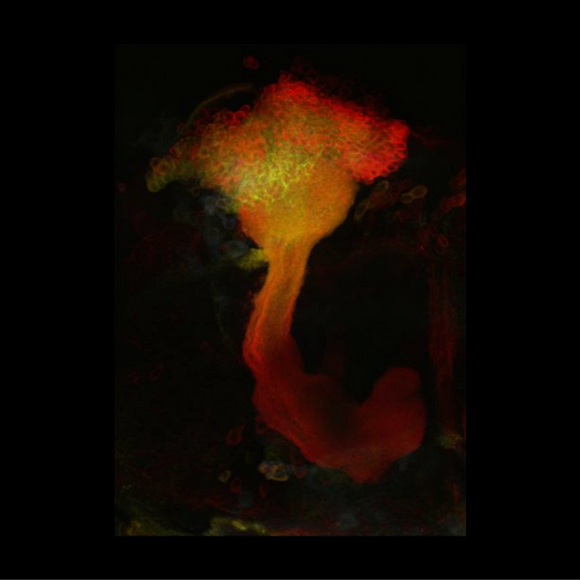Main Menu (Mobile)- Block
- Overview
-
Support Teams
- Overview
- Anatomy and Histology
- Cryo-Electron Microscopy
- Electron Microscopy
- Flow Cytometry
- Gene Targeting and Transgenics
- High Performance Computing
- Immortalized Cell Line Culture
- Integrative Imaging
- Invertebrate Shared Resource
- Janelia Experimental Technology
- Mass Spectrometry
- Media Prep
- Molecular Genomics
- Primary & iPS Cell Culture
- Project Pipeline Support
- Project Technical Resources
- Quantitative Genomics
- Scientific Computing
- Viral Tools
- Vivarium
- Open Science
- You + Janelia
- About Us
Main Menu - Block
- Overview
- Anatomy and Histology
- Cryo-Electron Microscopy
- Electron Microscopy
- Flow Cytometry
- Gene Targeting and Transgenics
- High Performance Computing
- Immortalized Cell Line Culture
- Integrative Imaging
- Invertebrate Shared Resource
- Janelia Experimental Technology
- Mass Spectrometry
- Media Prep
- Molecular Genomics
- Primary & iPS Cell Culture
- Project Pipeline Support
- Project Technical Resources
- Quantitative Genomics
- Scientific Computing
- Viral Tools
- Vivarium

How does the brain extract information about sensory stimuli? How is this information utilized to guide behavior and to form memories? We address these questions in the appealingly simple nervous system of the fruitfly, where we focus on olfactory processing.
Our overall goal is to understand how olfactory information is represented in terms of neural spike trains, and how associative learning modifies those representations.
Experimentally, our approach involves a combination of techniques. We directly monitor activity of neurons in the brain of an intact fly with patch clamp recordings and multiphoton imaging techniques. Using molecular genetic techniques we can manipulate neural firing to directly test our predictions about neural coding, both at the level of spike trains and behavior.
